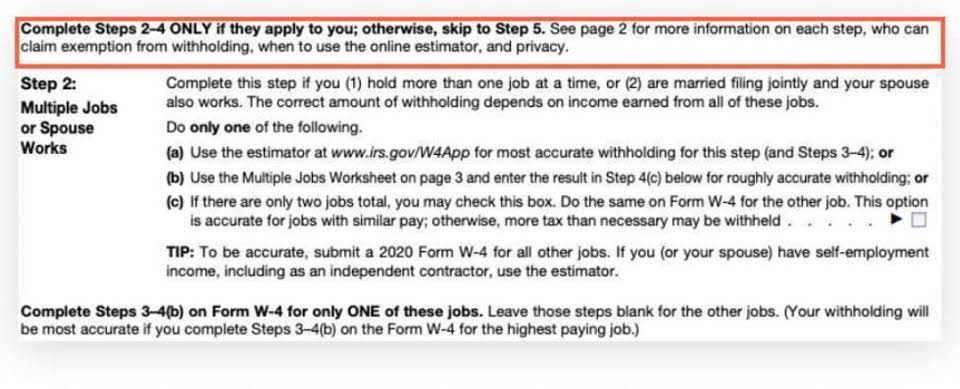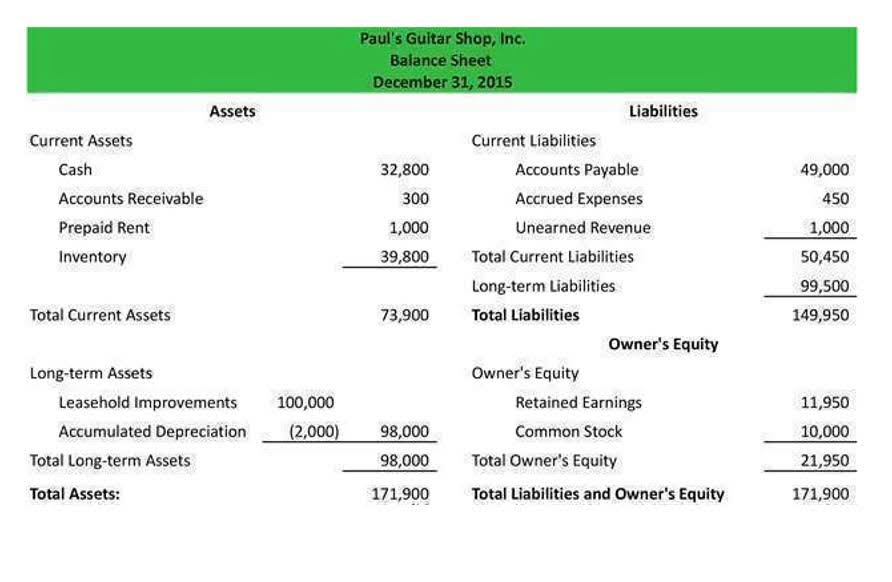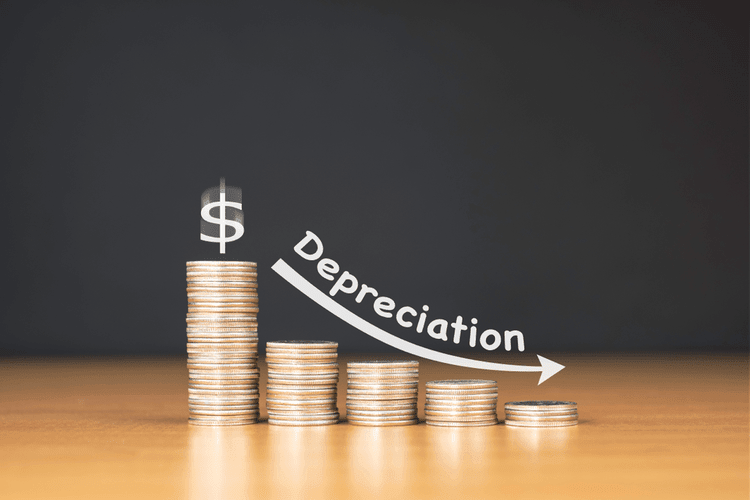
Conversion costs is a term used in cost accounting that represents the combination of direct labor costs and manufacturing overhead costs. In other words, conversion costs are a manufacturer’s product or production costs other than the cost of a product’s direct materials. The true cost a company uses in the process of turning raw materials into finished goodsincludes retained earnings both overhead and direct labor. Managerial accountants and production managers measure these conversion costs to estimate production expenses, develop product-pricing models, and estimate the value of finished inventory.

Conversion Costs: Definition, Formula, and Example
Conversion costs are also used as a way to measure the efficiencies in the production processes but they also take into account the overheads in the production process, which are not calculated in prime costs. Consider a professional furniture maker who is hired to make a coffee table for a customer. The prime costs for creating the table include the cost of the furniture maker’s labor and the raw materials required to construct the table, including the lumber, hardware, and paint. It is easier to track the materials and conversion costs for one batch and have those costs follow the batch to the next process.
Mechanics of Applying Conversion Costs
- Management needs to understand its costs in order to set prices, budget for the upcoming year, and evaluate performance.
- For example, four units that are one-fourth finished would equal one equivalent unit.
- An example of direct labor are the employees working on the assembly line of a manufacturer.
- The 5A uses only packaging sleeves as its direct material, while other types may also include nylon, felt, and/or the ingredients for the proprietary handgrip.
- Conversion costs are also used as a way to measure the efficiencies in the production processes but they also take into account the overheads in the production process, which are not calculated in prime costs.
- Bruce is trying to figure out what his conversion costs are for the quarter in order to estimate his finished inventory for the interim financial statements.
Managers also use these costs to evaluate the efficiency of the production process and identify waste. The raw materials are considered direct material costs and are not included in conversion costs conversion costs. Instead, these expenses are included in another category of production costs called prime costs. ABC International incurs a total of $50,000 during March in direct labor and related costs, as well as $86,000 in factory overhead costs.
Conversion Costs
It usually includes the total value of labor cost and other applied overheads like factory overheads, administrative overheads, etc. Pls noted that depreciation expenses, insurance expenses, maintnain expenses and electricity expenses are considered as manufactoruing overhead and we have to include all of these cost for our calculation with direct labor cots. TThese direct labor costs are the same ones used in calculating the prime cost in manufacturing. Thus, each cost concept provides a somewhat different view of the costs incurred to create products, though both concepts include the cost of direct labor. The term conversion costs often appears in the calculation of the cost of an equivalent unit in a process costing system. Samsung has a cell phone production unit with a production capacity of 10,000 daily it incurs day-to-day expenses to keep its business running.
Prime Costs vs. Conversion Costs: What’s the Difference?

Conversion costs include the direct labor and overhead expenses incurred as raw materials are transformed into finished products. Like prime costs, conversion costs are used to gauge the efficiency of a production process, but conversion cost also takes into account overhead expenses that are left out of prime cost calculations. Overhead costs are expenses used to produce products that can’t be attributed directly to a production process. Factories must use electricity to power their machines and produce products, but each dollar of electrical costs can’t be directly tied back to the products that were produced.
- The calculation for conversion costs includes direct labor in addition to overhead expenses.
- For this reason, it’s a more relevant number for operations managers, who may be looking at ways to reduce the indirect expenses of production.
- Manufacturing overheads used in calculating conversion costs are the overheads that cannot be attributed to the production process or a single unit in production, for example, rent or electricity.
- In other words, the packaging department receives both the drumsticks and their related costs from the shaping department.
- Conversion costs are calculated in order to know the cost per unit, which assists the company in deciding a price for the product.
- As can be seen from the list, the bulk of all conversion costs are likely to be in the manufacturing overhead classification.
- The term conversion costs often appears in the calculation of the cost of an equivalent unit in a process costing system.
- Some costs, notably labor, are included in each, so adding them together would overstate manufacturing cost.
- Bruce’s Bike Company is a bicycle manufacturer that specializes in high-end 10-speed bikes.
- Shaun Conrad is a Certified Public Accountant and CPA exam expert with a passion for teaching.
- It is rudimentary to gauge the value of closing inventory since it is a line item reported on both the income statement and the company’s balance sheet.
The manufacturing sector analyses both prime costs and conversion costs to measure efficiency in the production of a product. In the Peep-making process, the direct materials of sugar, corn syrup, gelatin, color, and packaging materials are added at the beginning of steps 1, 2, and 5. While the fully automated production does not need direct labor, it does need indirect labor in each step to ensure the machines are operating properly and to perform inspections (step 4). Thus, conversion costs are all manufacturing costs except for the cost of raw materials.
- Sometimes individuals become managers due to their knowledge of the production process but not necessarily the costs.
- Conversion costs is a term used in cost accounting that represents the combination of direct labor costs and manufacturing overhead costs.
- Therefore, the conversion cost per unit for the month was $6.80 per unit (calculated as $136,000 of total conversion costs divided by the 20,000 units produced).
- For the past 52 years, Harold Averkamp (CPA, MBA) hasworked as an accounting supervisor, manager, consultant, university instructor, and innovator in teaching accounting online.
Example of How Prime Costs Work

Conversion costs are calculated in order to know the cost per unit, which assists the company in deciding a price for the product. Suppose that the cost of the raw materials—lumber, hardware, and paint—totals $200. The furniture maker charges $50 per hour for labor, and the project takes three hours to complete. Conversion costs are vital to be calculated by each companysince they are fundamental for making important business decisions and carryingout basic accounting tasks.
Some costs, notably labor, are included in each, so adding them together would overstate manufacturing cost. Operations managers use conversion costs to help identify waste within the manufacturing process. For instance, the engine of a car and the spokes of a bicycle are considered direct material costs because they are necessary to complete the production of those items.
Prime costs and conversion costs are two methods that businesses use to measure the efficiency of their production operations. Overhead costs are expenses that cannot be directly attributed to the production process but are necessary for operations, such as the electricity required to keep a manufacturing plant functioning throughout the day. Bruce’s Bike Company is a bicycle manufacturer that specializes in high-end 10-speed bikes. Bruce is trying to figure out what Accounting for Marketing Agencies his conversion costs are for the quarter in order to estimate his finished inventory for the interim financial statements. Conversion cost is the cost incurred by any manufacturing entity in converting its raw material into finished goods capable of being sold in the market.

